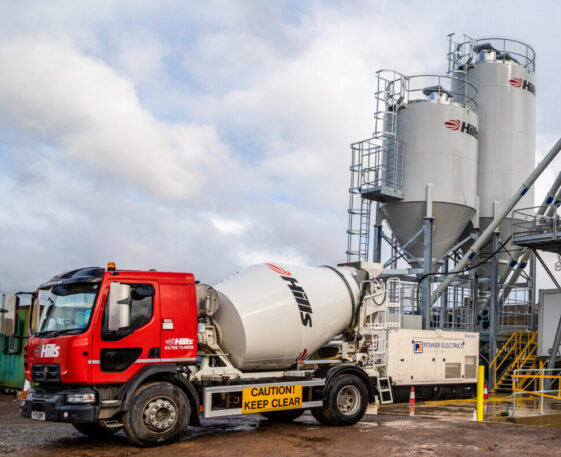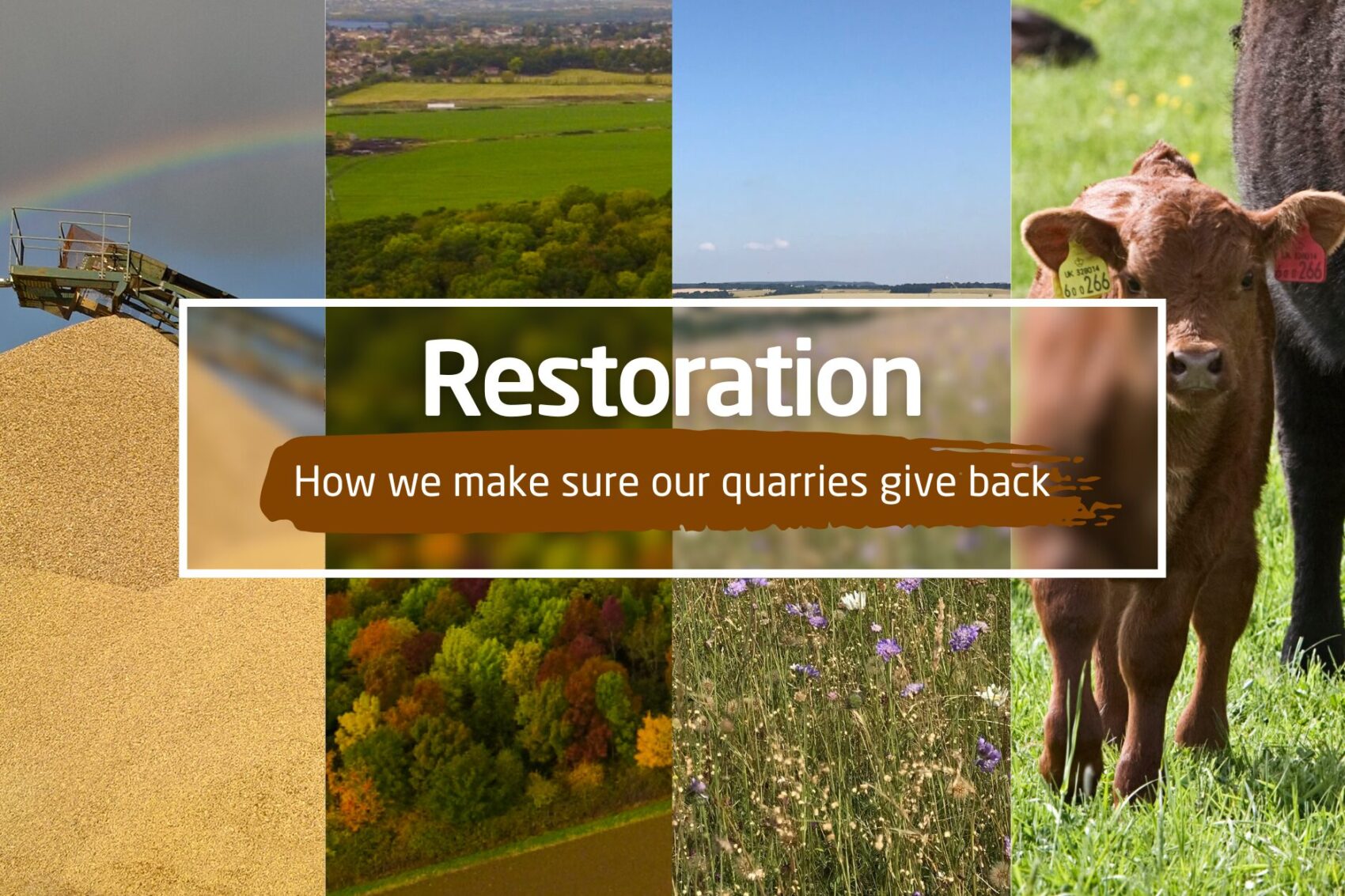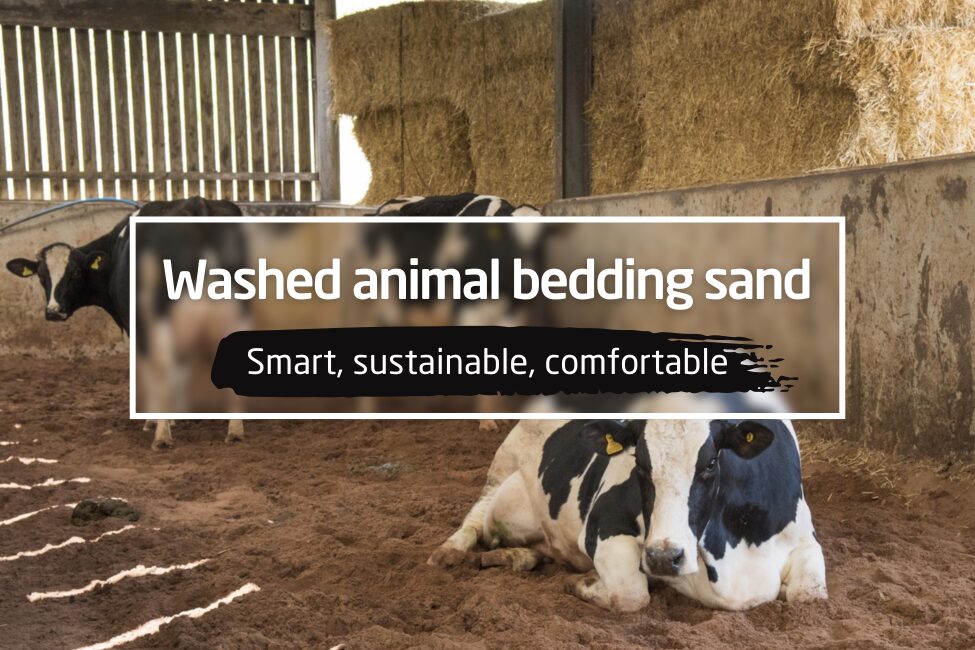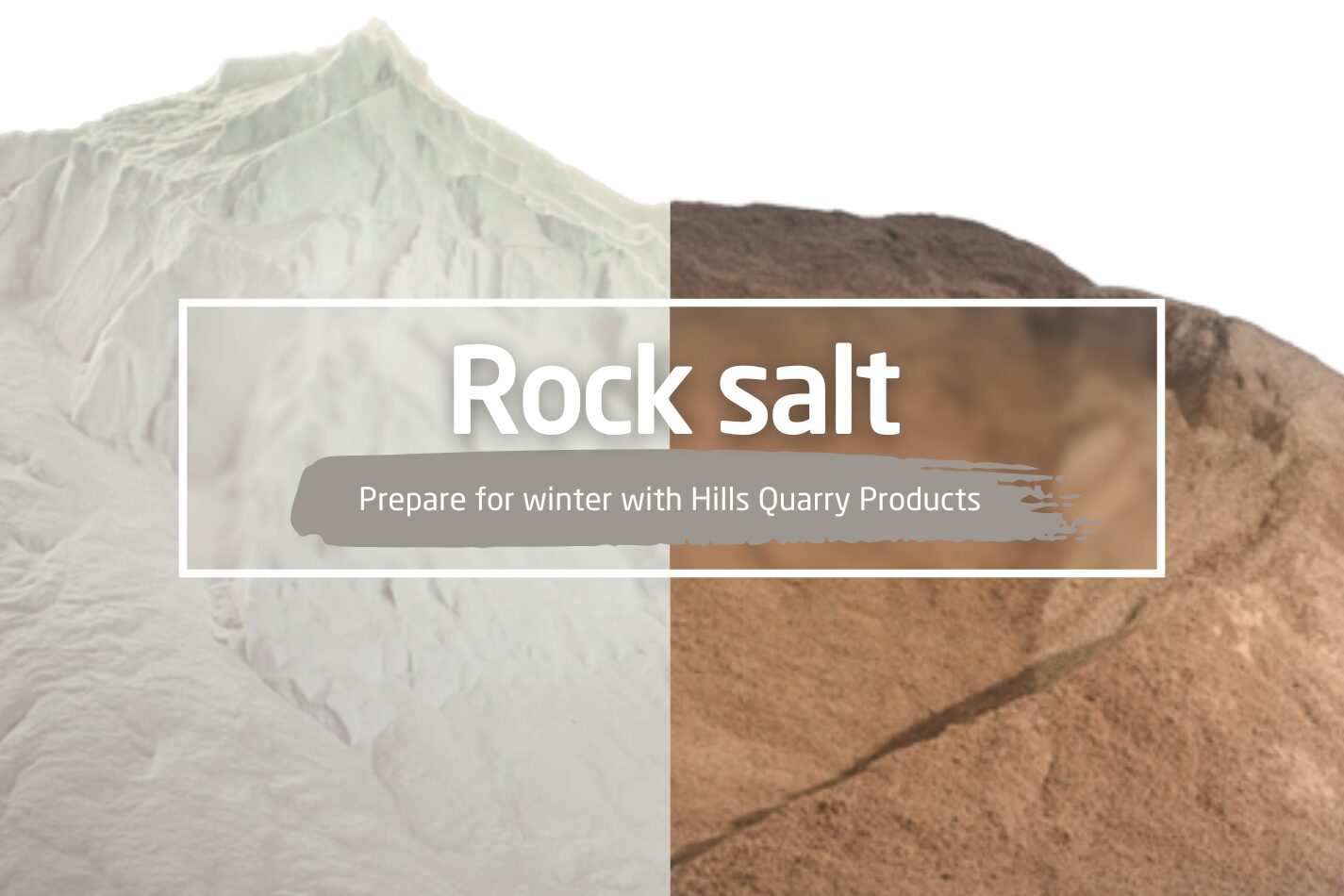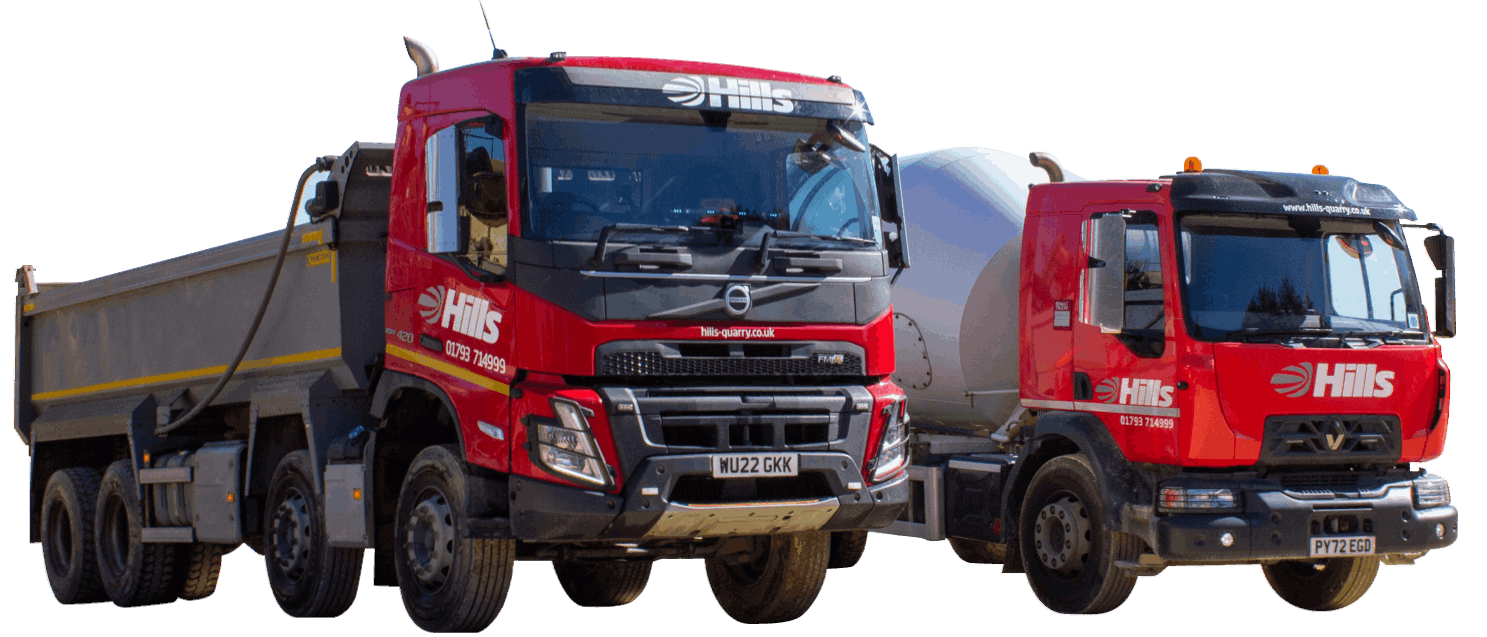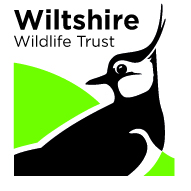When we think of quarries, it’s easy to picture busy sites supplying essential materials for construction: the sand, gravel, and stone that form the foundation of our homes, roads, and infrastructure.
But beyond extraction, quarries can also play a vital role in restoration: enhancing biodiversity, protecting heritage, and supporting local communities.
At Hills Quarry Products, responsible quarrying means more than producing high-quality aggregates. It’s about planning for the future, ensuring that when a quarrying operation comes to an end, the land is restored to create thriving wildlife habitats and spaces that tell the story of our natural and cultural heritage.
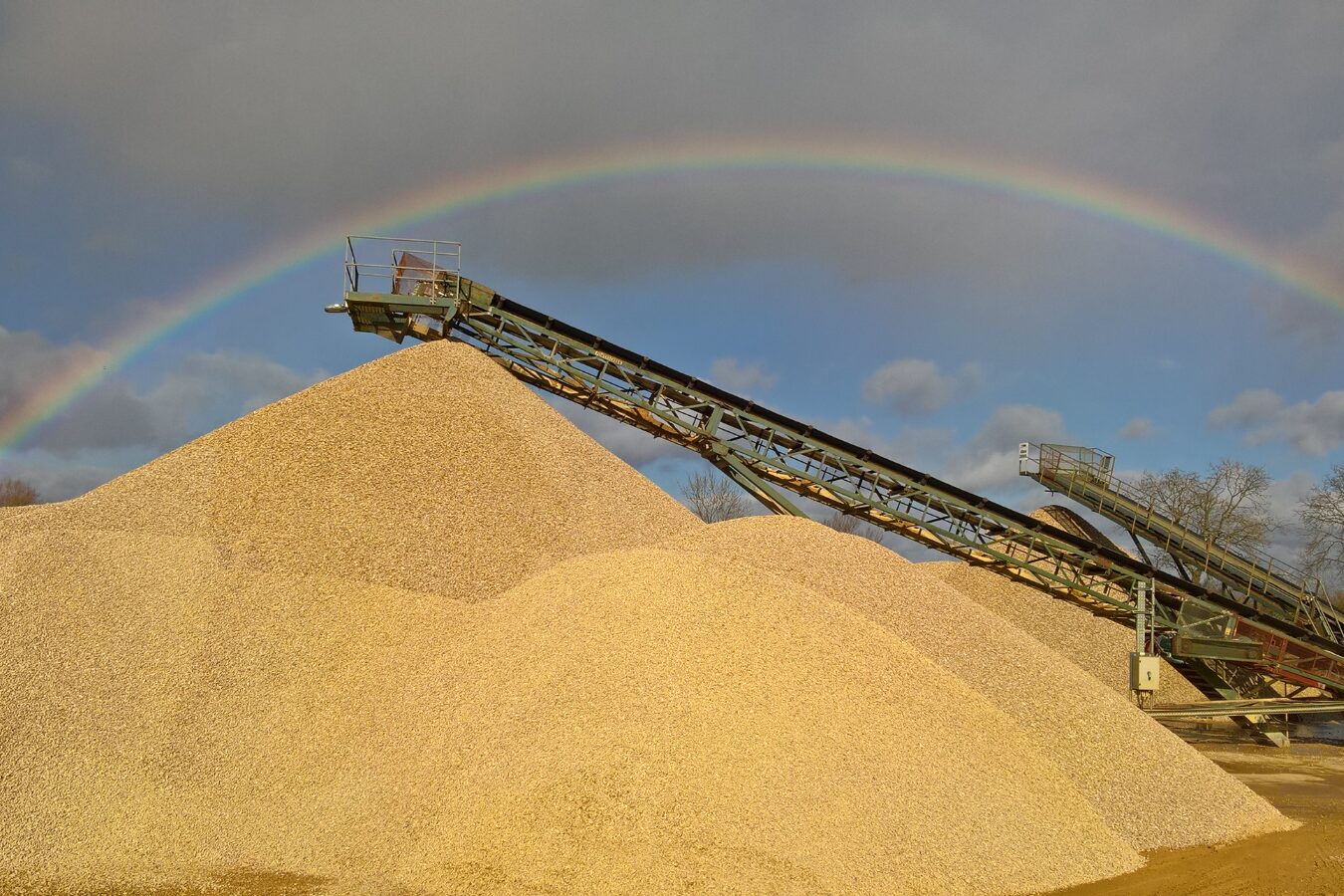
Restoring landscapes for nature
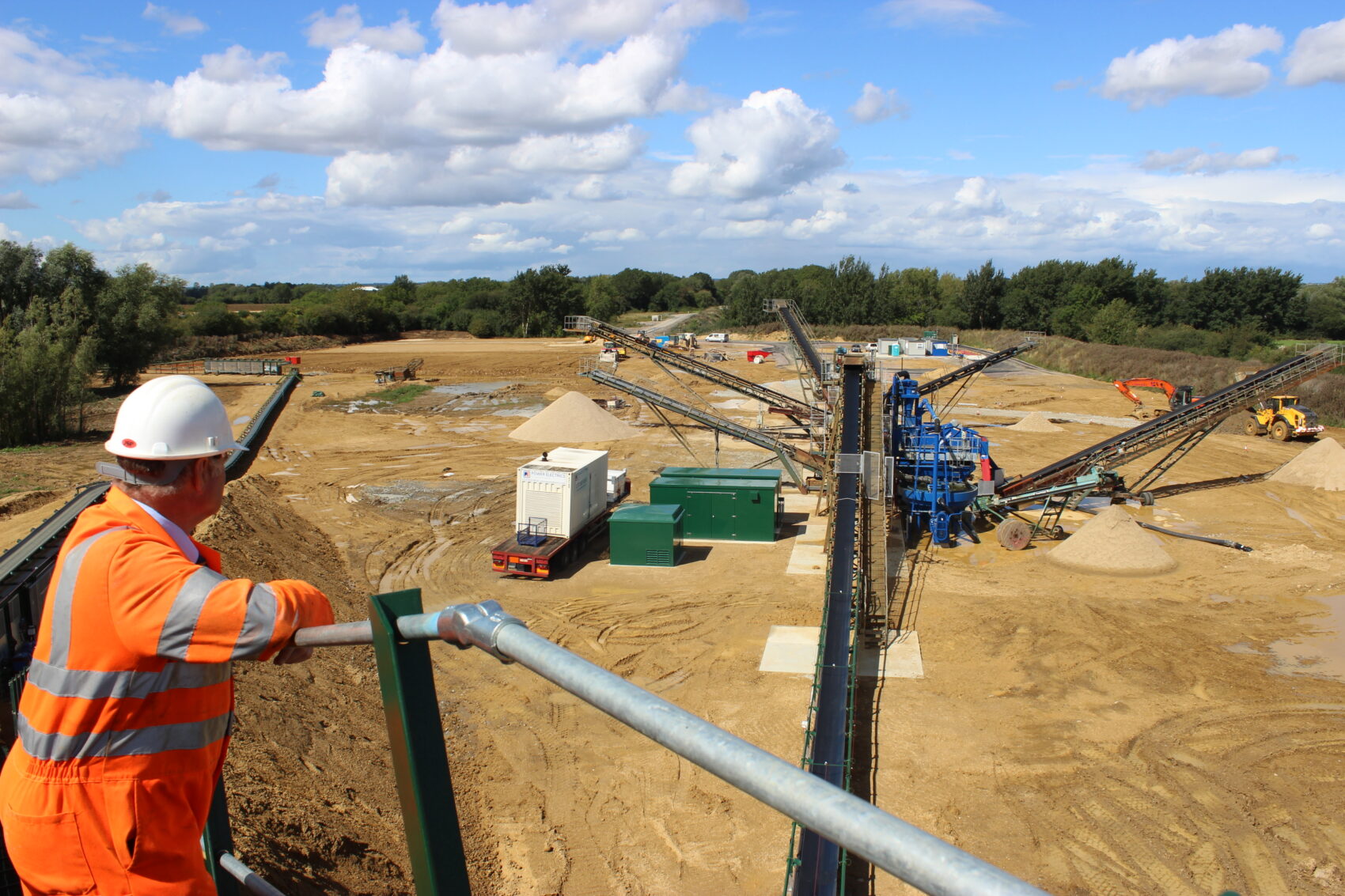
Every Hills Quarry Products site is managed with a comprehensive restoration plan, developed in consultation with ecologists, local authorities, and community partners.
These plans ensure that each site has a sustainable future, whether as wetland reserves, grassland meadows, woodlands, or agricultural land.
Our rolling programme of progressive restoration means that even as extraction continues in one area, others are already being transformed into valuable habitats for wildlife and people alike.
A standout example of this commitment is Lower Moor Farm in Wiltshire.
Once an active sand and gravel quarry operated by Hills Quarry Products, the site was restored and later transferred to the Wiltshire Wildlife Trust.
Today, Lower Moor Farm is a much-loved nature reserve. The reserve is a mosaic of three lakes, two brooks, ponds and wetland scrapes linked together by boardwalks, ancient hedges, woodland and meadows.
It was officially opened by HRH Prince Charles and Camilla, Duchess of Cornwall.
It is a powerful demonstration of how restored quarries can become havens for biodiversity.
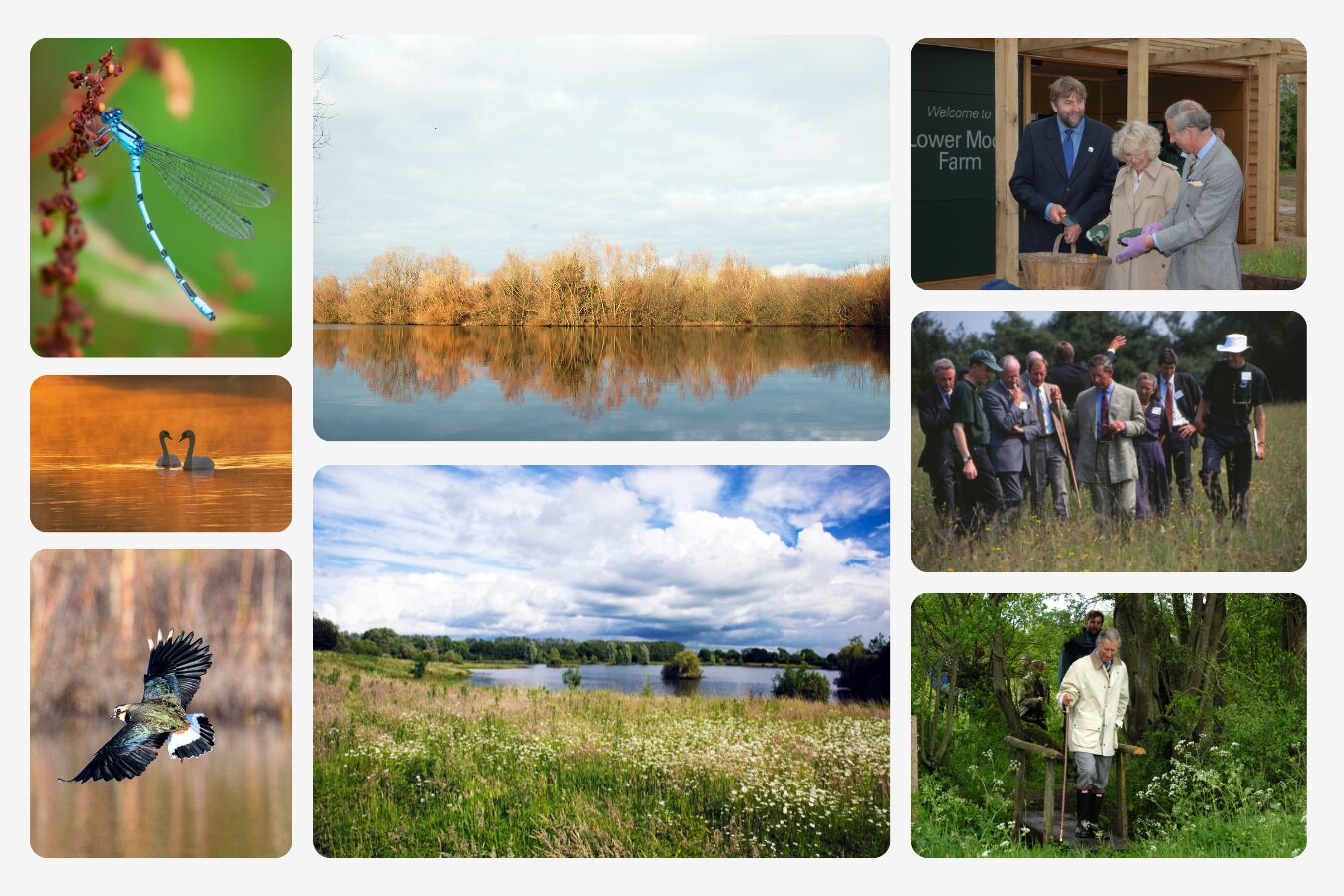
Biodiversity in quarries
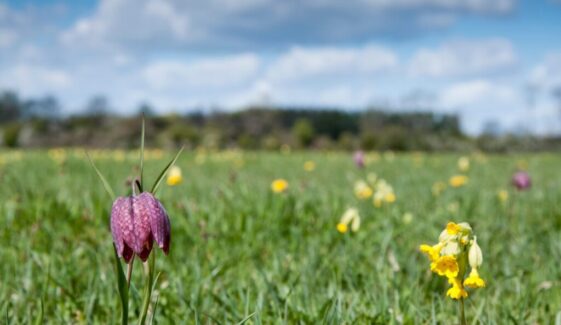
Restored quarry sites often provide the perfect conditions for nature to flourish.
By working with organisations such as the Wiltshire Wildlife Trust, we help strengthen Wiltshire’s network of nature reserves and green corridors, connecting wildlife populations and promoting resilience across the landscape.
For over 35 years, The Hills Group has supported the Wiltshire Wildlife Trust through the Landfill Community Fund. We’ve donated land and money, and are proud to see nature reserves such as Langford Lakes and Lower Moor Farm flourish, especially with the recent opening of visitor centre and cafes.
Restored quarry sites often provide the perfect conditions for nature to flourish.
The combination of open water, wildflower meadows, and varied terrain creates diverse ecosystems that support birds, insects, amphibians, and rare plants.
At several Hills sites, careful restoration has led to the return of native species: from butterflies and newts to wildflowers once scarce in the region.

Preserving archaeology & palaeontology
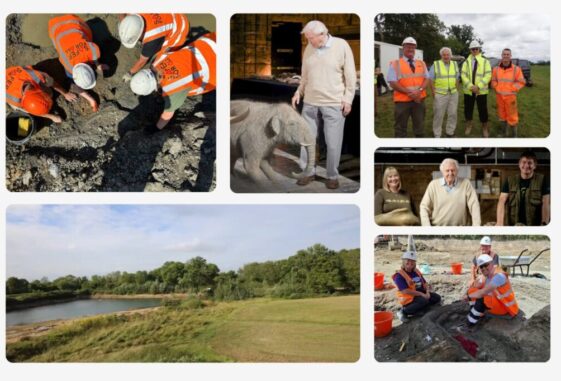
Quarrying also provides a unique opportunity to uncover the hidden history beneath our feet.
Hills Quarry Products provides significant financial and practical resources towards the identification, excavation, recording and reporting of the geology, archaeology, and palaeontology in the areas where the company has established sand and gravel quarries.
Over three different years, our quarry at Cerney Wick has hosted a renowned archaeological and paleontological dig, led by Sally & Neville Hollingworth.
Between digging up mammoths, Ice Age horses, and crocodiles, they had David Attenborough with the BBC come to visit, to film ‘Attenborough and the Mammoth Graveyard’.
Subsequent digs in 2024 and 2025 attracted over 200 volunteers from more than 20 universities, indicative of the importance of this site to the palaeontological community.
Site visits from television news crews, live radio broadcasts and coverage in national newspapers ensured that the palaeontological discoveries didn’t go unheralded.
A free ‘Mammoths at The Museum’ public exhibition was held at the Corinium Museum in Cirencester in the early 2025. To enable this, extraction, preserving and cataloguing of all the discoveries happened within just six months. Another dig at the mammoth graveyard occurred in 2025, where Hills once again supported the efforts of team #TuskForce.
Working with communities
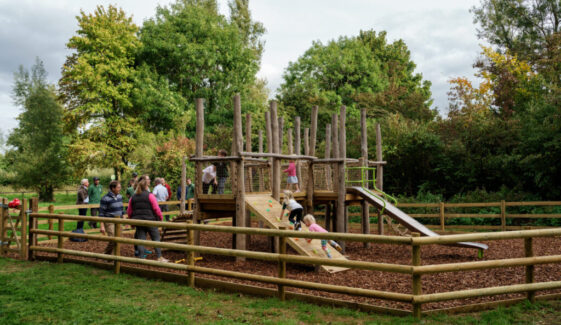
Our environmental and restoration work is part of a broader commitment to the communities we serve.
Hills Quarry Products actively supports local conservation, education, and wellbeing projects, often through partnerships with wildlife trusts and community organisations.
By transforming former industrial sites into public green spaces and nature reserves, we’re helping to create lasting environmental and social value across Wiltshire and beyond.
Building for the future
At Hills Quarry Products, we believe that sustainable quarrying means leaving a positive legacy.
Each restored quarry is a testament to how industry and the environment can work together: producing materials essential for modern life while supporting biodiversity, heritage, and community wellbeing.
As we look to the future, our goal remains clear: to continue balancing the demands of construction with the needs of nature, ensuring our quarries remain gateways to regeneration, discovery, and conservation for generations to come.
